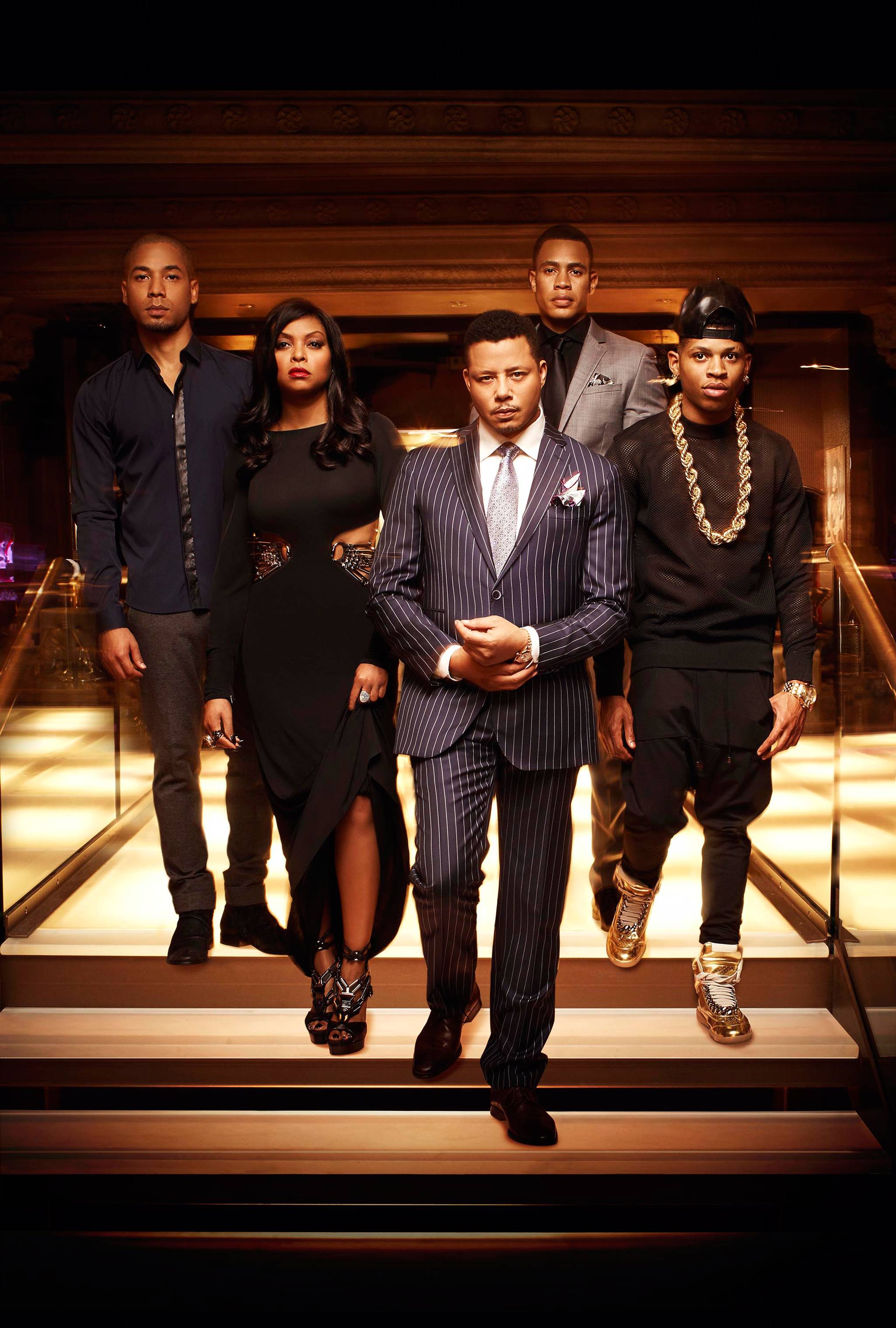
©Bang & Olufsen (2015)
REPORT
A sector snapshot of media and entertainment3 Sep 2015
How is the news changing shape? Why are e-newsletters enjoying a revival? Is Live TV getting weirder? And how are demands for diversity transforming the mainstream?
- Sector
Canvas8
Related







